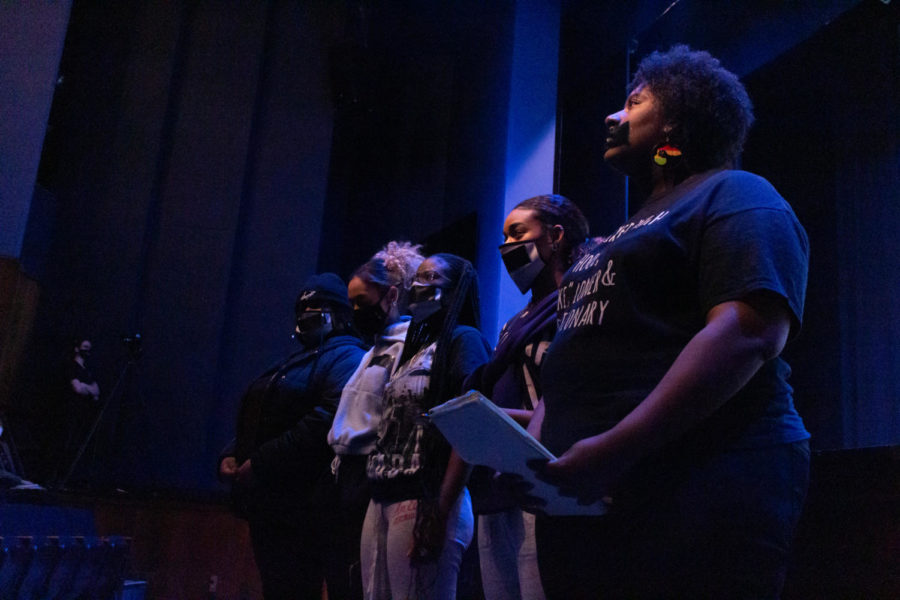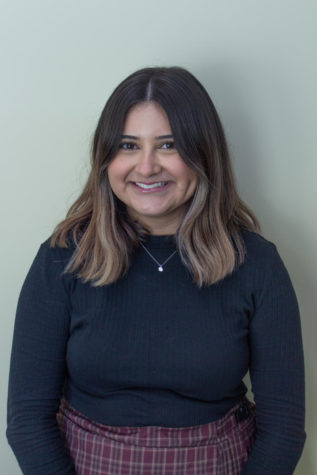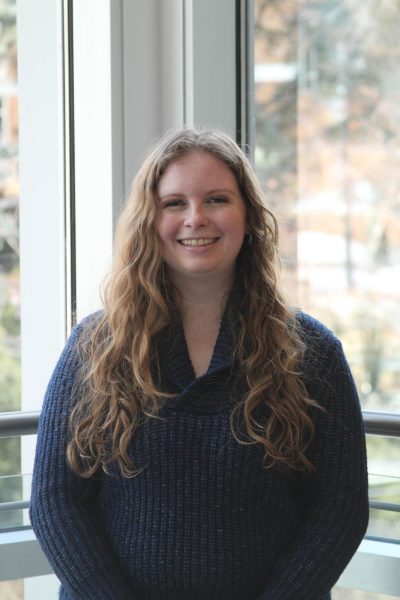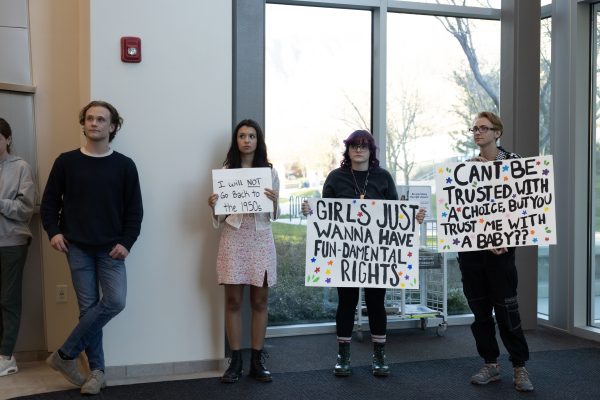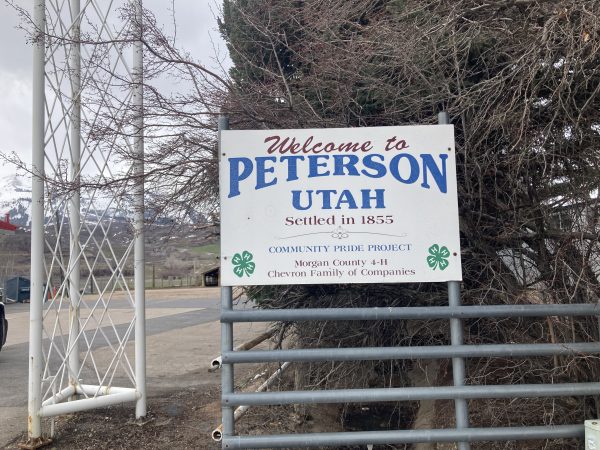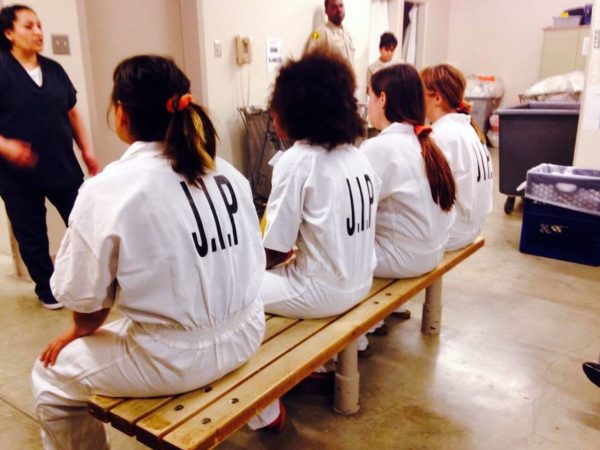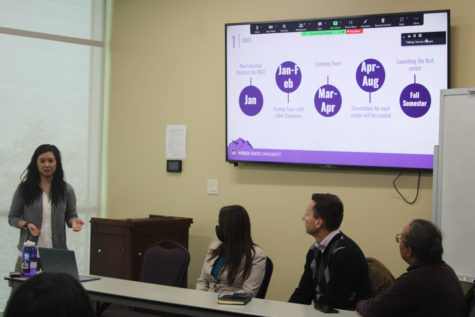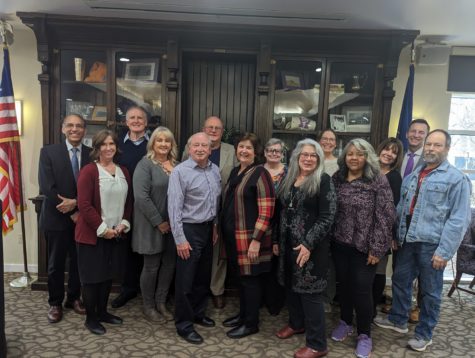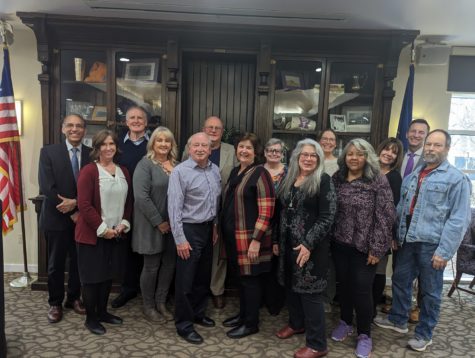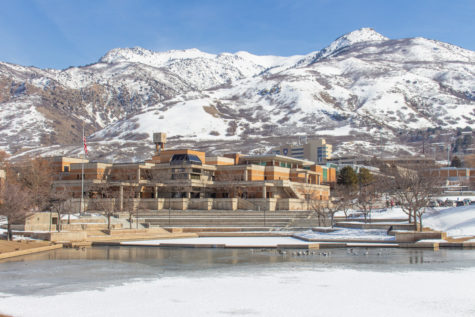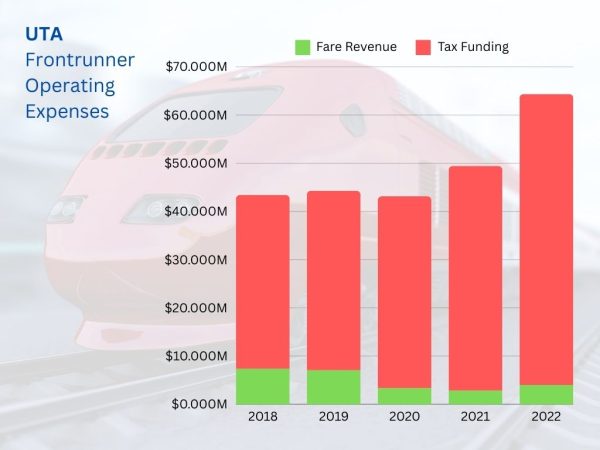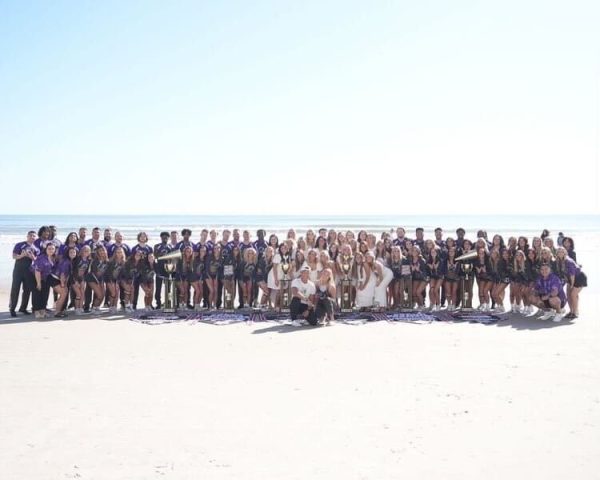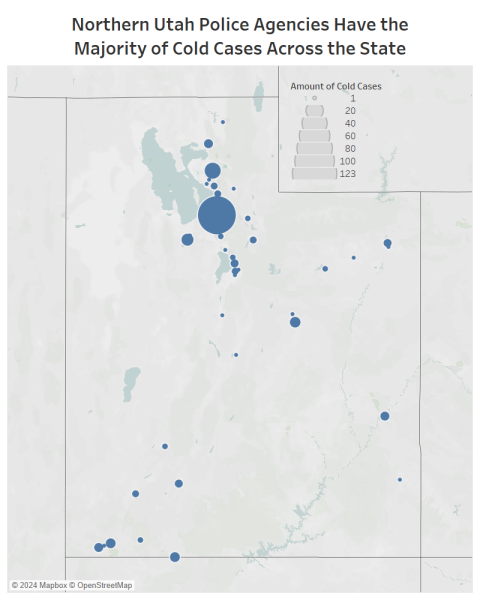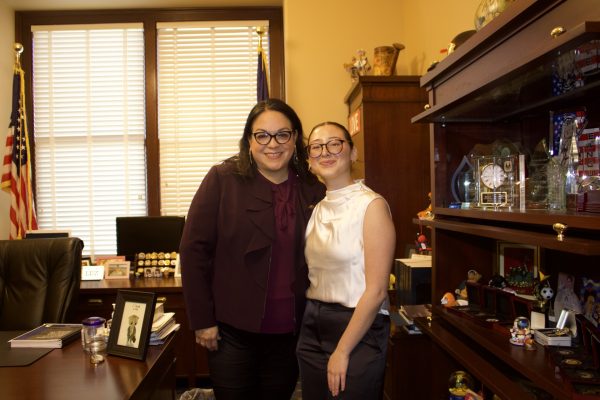Discussing equity
Earlier this year, Weber State University President Brad Mortensen appointed an Equity, Diversity and Inclusion Advisory Council to help WSU achieve the standards and goals of equity defined by the university and outlined in Amplified, the five-year plan for growth.
The appointment of the council comes after several events have made Black and minority students feel unsafe on campus.
White-supremacist material was spread on campus multiple times within the past few years with incidents reported in 2018, 2019 and 2021.
The 2021 incident of WSU failing to notify students of said material, led to an overnight sit-in inside the Shepherd Union building. With tensions escalated, Mortensen held an impromptu meeting with the past diversity council and set a meeting for the next week.
The meeting had promised the release of an External Equity Review by Reggie Blaylock, a presidential associate at Cal Poly Pomona. The review is publicly available, without the appendices, on WSU’s website.
The review recommended community policing, a diversity and inclusion advisory council, an interim space for Black students and more. The recommendations were not taken into action or implemented by the end of the year.
In January of this year, another protest broke out during a Student Success series lecture. The lecture, given by Tia Mcnair, author of “From Equity Talk to Equity Walk,” was interrupted by protesters asking why the promises made by the university had not been met.
The university did not follow up on this event.
On April 21, Mortensen sent out an email appointing and asking several students, faculty, staff and alumni to serve on the advisory council, recommended by Blaylock.
The Faculty Senate EDI Task Force Chair is Dr. Azenett Garza with the co-chair as WSUSA Diversity and Unity Vice President Xitlalli Villanueva (incoming). The student representatives are Raha Davis, Terri Hughes and Ana Morett Salas.
The faculty representatives are Jo Black, Juancarlos Santisteban and Chloe Cai. The staff representatives are Oliver Snow and Tricia Aragon. The Administrator is the Dean of the Moyes College of Education, Kristin Hadley, and the WSU Alumni Association Board of Directors is Jose Gomez.
Mortensen took the recommendations from Blaylock’s review and outlined them for the council to review.
“Sometimes, these are difficult conversations, and there are a lot of emotions, a lot of history, perhaps some trauma associated with events or other things that have happened to each of us in our own lives and our own lived experiences,” Mortensen said.
These conversations, which WSU has made an effort to have, lack action. This is where the council will be able to step in.
“One thing about me: I don’t talk about it, I walk about it,” Hughes, the WSU NAACP Chapter President, said. “I am excited to get to work, I’m excited to see some progress, and not hear what we all have to say but really see what we all are going to do to make things equitable.”
An issue brought up by the council is the lack of safe spaces to report or talk about microaggressions students face. There is currently no system for gathering complaints or issues that minority or marginalized students are experiencing on campus, but the council plans to work to create one.
Adrienne Andrews, the Vice President for Equity, Diversity and Inclusion and Chief Diversity Officer, spoke about consulting groups being brought into WSU spaces to see what would be best for students.
“One thing I’ve been very vocal about and not a fan of is all the consulting groups that Weber tends to bring, when they invest that money there it should be invested towards the students,” Villanueva said. “The issues were vocalized, but instead of talking to the students, they’re bringing in consulting groups that tell you the same thing. I almost think it’s a waste of money because we have all the answers we need with the students.”
The advisory council threw out the idea of surveys and getting answers to their questions straight from the source: students of WSU.
Jo Blake, an assistant professor for the Department of Performing Arts, asked about equity among professors and staff.
“I am making it a mission of mine to support and hold voices, but yet, I don’t feel that it’s happening, and anyone is holding space for me as a professor on this campus,” Blake said. “When do we take care of one another and when do those conversations happen within programs?”
The council acknowledged that this is something they want to work on in the future.
One thing Black students have been fighting for since 2018 is a Black cultural center. Blaylock advocated for this in his report stating, “Black culture centers foster leadership development and involvement for students regardless of racial identity, as well as a sense of community, cultural pride, mattering and self-preservation.”
Hughes spoke about how many Black students do not feel comfortable going to the Center for Multicultural Excellence, as there has consistently been a lack of resources for them.
The meeting alluded to a future event of establishing an interim space for Black students. Mortensen referred to this as a “cultural center for everyone.”
“When we talk about all students needing their own space, that’s great. I’m not saying that shouldn’t be a thing,” Hughes said. “But Black students put their lives, their livelihood and their bodies on the line to have a Black cultural center, not a cultural center for all. Because if the interim space looks like that, what is the permanent space going to look like?”
Hughes has been fighting for a black cultural center since 2018, developing plans and ideas for what resources would be the most helpful for WSU’s black students.
“I didn’t sleep on the union floor for another cultural center. I didn’t not eat for weeks for a cultural center. I didn’t fight for a cultural center. I fought for a Black cultural center,” Hughes said.
Mortensen replied with how the goal of the university is to have an interim space for Black students with a shared space for other affinity groups.
“I think the work of Black bodies and Black students has been taken and it has been gentrified. This has been something that we’ve asked for since 2018 and to see that it has been turned into another cultural center infuriates me,” Hughes said.
The CME has multiple resources and clubs for students of Native American, Asian, Hispanic, Pacific Islander and African descent.
Hughes emphasized that Black and African are not interchangeable, and not every Black individual is of African descent. The experience of an African international student is not the same as a Black American student.
“What frustrates me is I didn’t hear other affinity groups asking for a center,” Hughes said. “But it’s off the backs of our work that they are getting a center or they’re getting some sort of resource that has already been given. This is not equitable, this is whitewashed, this is watered down, this is ‘we’re going to give you something just so you can say you have it.’”
The location of the interim space has not been announced by the university.
“I have to look at those disparities that are happening to all of our students of color and try to help all of our students. I’m committed to that, and this group will have to evaluate that as we move forward,” Mortensen said.
The council has continued to meet over the summer, but no official announcements regarding a Black cultural center or interim space have been announced.
“This will mean nothing, if we don’t get to that place of understanding the true meaning of equity,” Hughes said.



